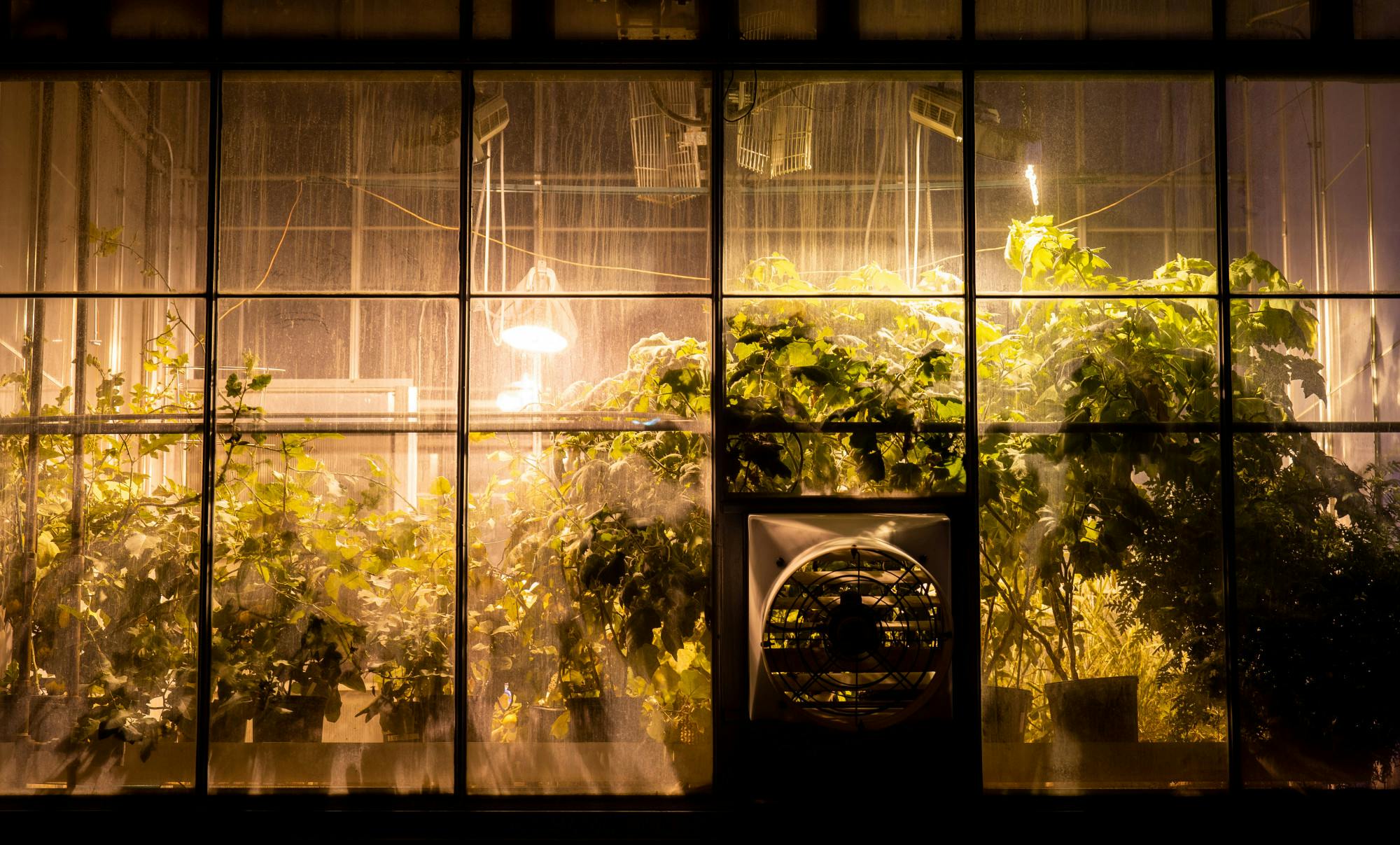Over the next four years, a team of MSU researchers will attempt to perfect the culinary herb. They hope that their research will create a booming market for locally green-house grown herbs, which will last longer, taste better and be healthier than the average imported herb today.
The research is funded by a $3.4 million grant from the USDA’s National Institute for Food and Agriculture. The team is led by Dr. Roberto Lopez, an associate professor and controlled environment extension specialist in the MSU Department of Horticulture.
Lopez is one of the many MSU agriculture scientists who receive tax-payer funded grants to make their research possible. This fiscal year, agriculture scientists received $103.3 million in federal and state dollars for their research.
MSU researcher Amy Iezzoni is known for her tart cherry breeding.
“As a university scientist, ... when you run into a problem you need to understand why and fix it," Iezzoni said. "Sometimes you need a huge infusion of money, and that's when the federal grants come in.”
MSU has an office which assists researchers with developing and submitting grant proposals. Even with their help, the process to successfully apply for and receive one of these grants can take months of planning because it's highly competitive.
Projects funded by taxpayers need to have a value to consumers by bettering products or improving food security.
In Lopez’s case, his team hopes to do both: create food security by expanding domestic production and improve the product flavor and nutrition with enhancements possible by greenhouse-growing.
Lopez hopes that in the near future, a network of greenhouses across the U.S. could both create jobs in growing the herbs and provide a year-round product with a greater shelf-life. Indoor growing would also be cleaner, protecting consumers from food-born illnesses that are common in traditionally grown herbs and leafy greens.
Without grants like these, Lopez said, crops like herbs that are enjoyed by consumers but don’t have major financial backing could be left out of research.
“Oftentimes we're underfunded," Lopez said. "When you think about big agriculture, it’s corn and soybeans, those are the top ones. But, research needs to be done on on the other crops as well.”
Other MSU researchers have received USDA grants to improve disease spotting in corn and hops and perfect the taste and aroma of blueberries.
Some researchers even collaborate directly with commercial producers. Dr. Patrick Edger said that he worked with members of the industry in his research breeding blueberries.
Edger emphasized the value that research like his has to companies.
"The U.S. blueberry industry has an overall net worth exceeding $900 million each year to the US economy," Edger said. "So, addressing challenges that impact even 1% of production has a huge return on investment.”
Some projects make that collaboration financial, mixing federal grants with industry dollars. Iezzoni took that approach in her decades-long crusade to cultivate the perfect tart cherry.
She started MSU’s tart cherry breeding program because the crop, which Michigan tops national production of, is based on a single hundreds-of-years old variety. Iezzoni began diversifying the crop in the 80s, traveling to Western Europe in search of fresh germplasm to expand the tart cherry varieties available in the U.S.
“I went to those countries before the wall fell, Romania, Hungary, Poland, Russia, Ukraine and then once I amassed this germplasm I wanted to see if I had diversity in there to address major needs of the industry,” Iezzoni said.
Iezzoni has since created a more diverse array of tart cherries available to Michigan growers and consumers. She’s also worked to improve resistance to leaf spots, which reduces the number of pesticide sprays necessary to healthy cherry production.
She said that while people might notice something like a new color or new variety in the produce section – like the popular new Cosmic Crisp apple developed by researchers at Washington State University – they may not think about all of the research that goes into subtle changes to the fruits and vegetables they enjoy.
Support student media!
Please consider donating to The State News and help fund the future of journalism.
Discussion
Share and discuss “MSU's Agriculture Grants: creating the 'pear-fect' produce with a steady diet of USDA greens” on social media.




